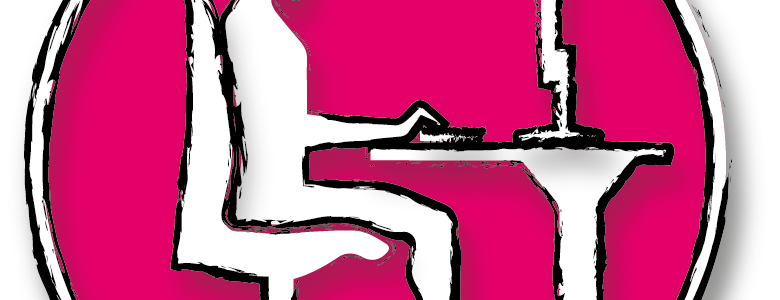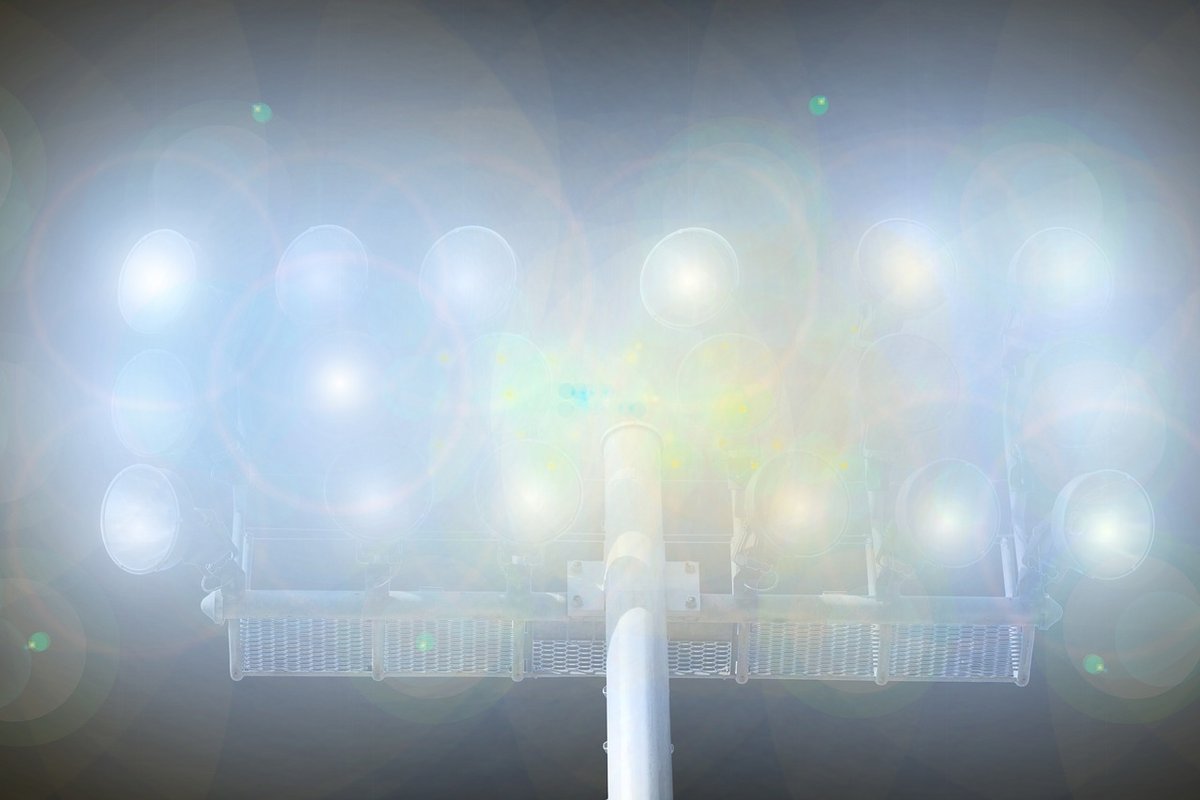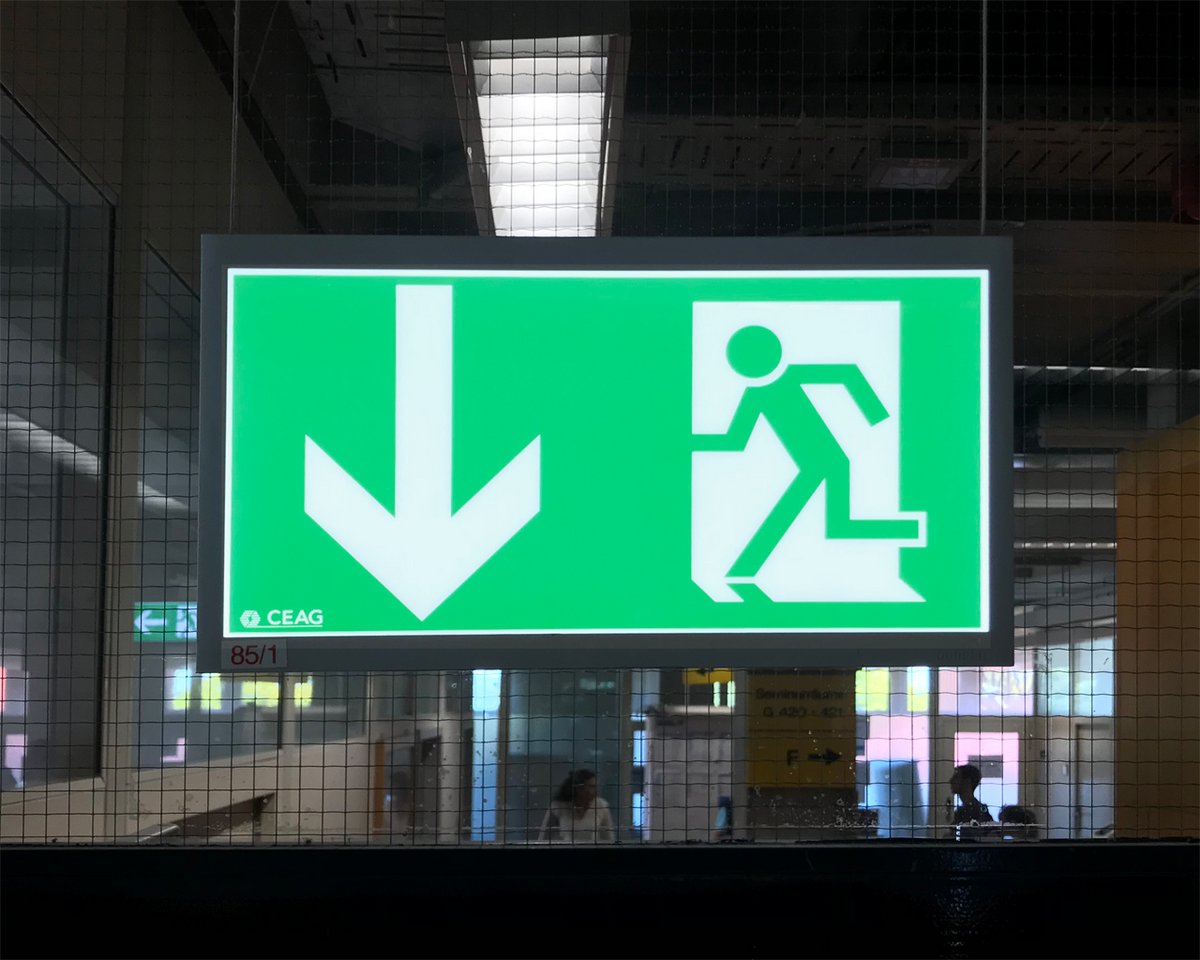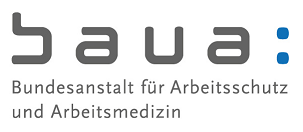
Danger from working environment conditions
Heat or cold at the workplace, but also magical lighting or workplace ergonomics can lead to damage to health.
No, we're not in the Bundeswehr! But do your spine a favour! Sitting upright at your desk or working in a standing position, or best of all both, alternating, will thank you for your spine.
The design of your own workplace belongs primarily in this area. Whether it is through the right seating furniture, the positioning of the monitor, the sitting posture but also the lighting at the workplace.

Depending... Sometimes you don't have much influence on the lighting. Direct sunlight can be kept to a minimum by blinds. Often glare effects occur nevertheless (or just because of it), which can be very disturbing. If you lower the blinds completely, it is again too dark and you additionally turn on the light, which may not be optimal itself and also consumes energy, although the sun shines outside.
A workplace completely without daylight - well, you really have to like that, if it is allowed at all by exceptions. As in mining, for example. But even at university, it is often necessary to work in cellars or at workplaces without natural lighting: This is where the entire infrastructure technology such as ventilation systems and electricity and water supply is located.
Climate change
This would sometimes be welcome, for example when in summer the office hardly differs from an oven. Or once again the heating has failed in winter.
Heat
If the ambient temperatures rise above 26°C, the concentration initially decreases. However, a drop in performance, an increase in work errors, exhaustion, fatigue and the resulting accidents cannot be ruled out.
Too much heat can put strain on the cardiovascular system, the respiratory tract and the water and electrolyte balance. In extreme cases, heat diseases such as heat cramps, heat collapse and heat stroke can be triggered.
They do not have to withstand excessively high temperatures. After all, you are not a roast chicken!
Cold
Even slight deviations from the comfort zone reduce the feeling of well-being. The skin and extremities are less well supplied with blood. This leads to cold sensations as well as restrictions in mobility, sensitivity and dexterity. The risk of an accident increases due to the simultaneous reduction of the ability to react, attention and performance.
Get closer to this topic if you work outdoors a lot, also in winter or even in summer, e.g. during water sports training. Hypothermia can be life-threatening.

or backwards, or... or... yes, where to actually?
Do you know the escape routes from your workplace? If not, take them out once so that you can quickly find them again in an emergency. Familiarise yourself with the escape and rescue route plan. In an emergency, there is often chaos and many people run wild. There you can lose your orientation.
If you notice that escape routes are not sufficiently signposted or emergency exits are obstructed or even missing, please let us know urgently!
Indicator
The following links lead you to the pages of the BAuA, the Federal Institute for Occupational Safety and Health. You will find very detailed information on the various hazard factors, legal regulations and rules as well as important occupational health and safety measures.
-> Insufficient movement area at the workplace,
unfavourable arrangement of the workplace, insufficient break rooms, sanitary rooms

